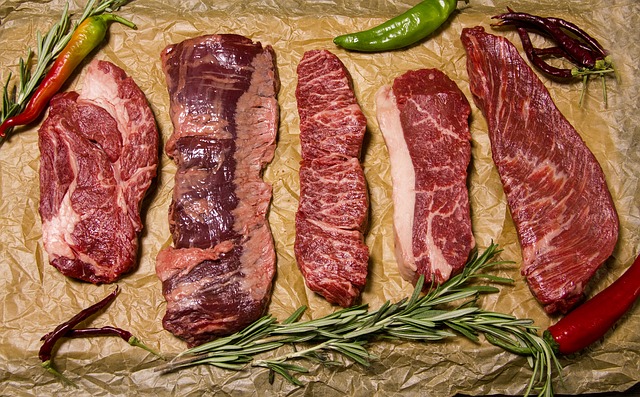
Now that we’ve agreed upon the 3 principles of nutrition for weight loss, let’s hop over to the kitchen (or microwave) and make some magic happen.
Before we start though, I want to reiterate that we’re starting on ground zero. I’m a realist. I’ve been in the fitness biz long enough to know that the ideal diet isn’t necessarily the best diet when it comes to busy dads. Broccoli, carrots, chicken breasts, and salmon all look great on paper, but, much like my fantasy football team last year, once the game starts, the ideal diet just can’t hang with kids, a job, and a wife. Mike Tyson once said, “Everyone has a plan until you get punched in the mouth.” Life throws a lot of punches.
So, there will be pizza, beer, and chips in the meals I suggest. Of course, we’ll still abide by the 3 principles of nutrition, but we’ll also be far from an ideal diet. Don’t fret though. We’re moving in the right direction though, and that’s all that matters.
Calculating your daily calories
This is where you start. Yes. I don’t care how much you hate math or how many fingers and toes you have to use, do the calculation below.
Your current body weight in pounds x 10-14 = total daily calories
If you’re looking to drop weight fast and then ease off the gas pedal, start with 10 calories per pound of body weight and gradually work up to 14 calories per pound of body weight over 2 months.
If you’re worried about sustainability because you’ve been eating like every meal is your last, start with 14 calories per pound of body weight and slowly work your way down.
Calculating your daily protein
I promise you this is the last math calculation you’ll have to perform. The good news is you probably won’t need a calculator.
Body weight in pounds x 1 gram of protein = total daily protein in grams
Creating your meals
That’s it. With those two numbers you can become the Wolfgang Puck of your house. Now it’s just like playing Tetris. Find meals you like, and make sure you hit your daily caloric and protein goals. That’s it.
You will probably spend a few weeks finding your groove. That’s normal. It takes some trial and error to find the right players for your meal plan team. The good news is that just like Tetris, there are only so many pieces to the game. Humans are creatures of habit, especially when it comes to food. I haven’t met a guy yet that doesn’t eat the majority of the same meals throughout the week. There are weeks I live on Hamburger Helper, protein shakes, diet Mt. Dew, and Sunchips. Routine works well in a busy schedule.
A real life example
So, I currently weigh 189lbs. I’m pretty comfortable with my weight. I don’t want to gain any, and at most, would only like to lose a few pounds IF it didn’t drastically change my lifestyle.
So, I use the high end, 14, for the calorie calculation.
189 x 14 = 2646 calories
And my protein requirement is –
189 x 1 = 189 grams
Those are the only two constraints I care about when creating my daily meal plan.
A typical day looks like this:



Those three meals put me right at 2,025 calories and 136 grams of protein. If I add two more protein shakes (1 after my workout and 1 before bed) that should put me right around 190 grams of protein and 2,500 calories, hitting my sweet spot.
Of course, if you look at those three meals from a nutritionist’s glasses, they don’t look so rosy. However, I cannot emphasize enough that it’s important to start slow and own the fundamentals. Once you have the fundamentals mastered, then we can talk about carbs, fats, keto diets, intermittent fasting, and carb cycling. I guarantee you though that if you cannot master calories and protein, you will not be successful no matter how great your diet looks on paper.
Hold up.. If you want to keep updated with the latest DadBod posts as well as my online training and nutrition journal, please visit my new site by clicking here.



